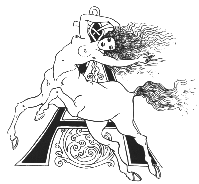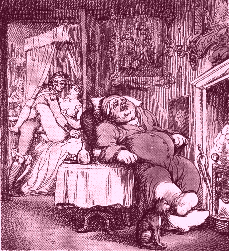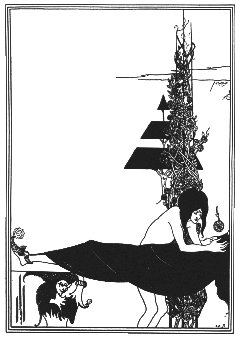- Aphrodisiacs - For those who like to categorize things, aphrodisiacs can be divided into five groupings: analogous, associative, 'cannibalistic', therapeutic and sensory. There is a sixth category which almost deserves to be a group of its own: these could be called novelties. Any new food tends to be described as 'aphrodisiac' by those eager to sell it. For no other reason were potatoes once on the list. In practice, many aphrodisiacs fall into more than one group.
Analogous aphrodisiacs resemble sexual parts in some way, e.g. ginseng; mussels.
Associative aphrodisiacs are connected with erotic activity, often in a long forgotten way e.g. the hare is sacred to Aphrodite; sticks of bread to the fertility god Priapus (but they are also analogous of course). These relics are part of our folk inheritance.
'Cannibalistic' is a misuse of the term but it well describes the common idea that if you eat the vital organ of another animal (even if it is not another human animal) you will absorb its strength or essence in some way, e.g. rams' testicles.
Therapeutic aphrodisiacs are those substances which are thought to have a sexually stimulating effect on the body of the user, whether drunk, inhaled, eaten or applied externally. This group can be sub-divided. There are substances that create a sense of warmth (the opposite of frigid). Secondly there are substances which relieve inhibition. Thirdly there are substances which have a diuretic effect. Lastly, and most mysteriously, there are substances which may or may not replicate our own sex hormones.
Sensory aphrodisiacs include massage, erotic art, literature and performances, and sexual games and techniques which prolong, or give intensity or variety, to lovemaking.
 |













